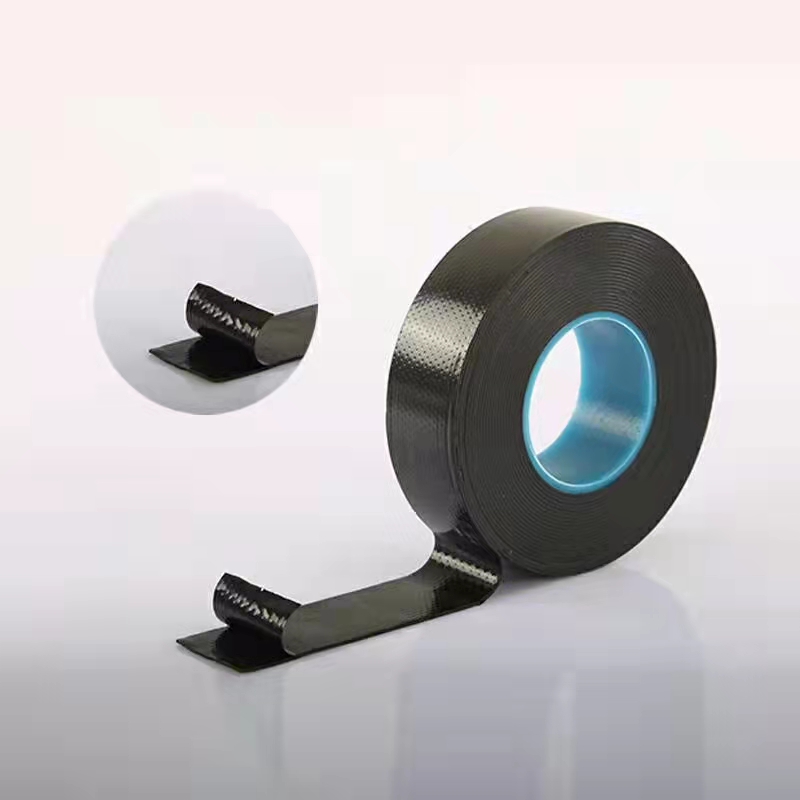Understanding Floor Safety Strips Enhancing Safety in High-Traffic Areas
In our daily lives, safety is a paramount concern, especially in places where the foot traffic is high. Whether it’s in commercial settings, residential homes, or public spaces, ensuring that floors are safe and slip-resistant is essential. One effective solution to enhance safety is the use of floor safety strips. These strips, which are designed to provide traction and visibility, can significantly reduce the risk of slips and falls.
What are Floor Safety Strips?
Floor safety strips are adhesive-backed products made from various materials, including rubber, vinyl, or aluminum. They come in different shapes, sizes, and colors, making them versatile enough for various applications. The primary function of these strips is to provide a textured surface that increases grip, thereby preventing accidents caused by slippery flooring.
Why are Floor Safety Strips Important?
1. Preventing Slips and Falls According to the National Safety Council, slips and falls are among the leading causes of workplace injuries. Floor safety strips can drastically reduce this risk by adding texture to smooth surfaces, providing better footing in wet or oily conditions.
2. Enhancing Visibility Many floor safety strips are designed with bright colors or reflective surfaces. This not only catches the eye but also helps to delineate hazardous areas such as steps, ramps, or changes in floor levels. This visual cue assists pedestrians in navigating their environment safely.
3. Applicability Safety strips can be used in various environments, including outdoor walkways, industrial settings, kitchens, bathrooms, and even residential homes. Their adaptability makes them suitable for areas where moisture, grease, or dust can lead to slippery situations.
4. Cost-Effective Solution Installing floor safety strips is a relatively inexpensive way to enhance safety. Compared to other safety measures such as complete flooring replacements or extensive renovations, safety strips provide a practical and economical alternative.
floor safety strips

Installation and Maintenance
Installing floor safety strips is a straightforward process. Prior to installation, the surface must be cleaned and dried to ensure proper adhesion. Once prepared, the strips can be cut to size and applied directly to the floor. It’s essential to follow manufacturer guidelines for both installation and maintenance to ensure longevity.
Maintenance of floor safety strips typically involves regular cleaning to remove debris and maintain traction. Some materials may require replacement after extended use, especially in high-traffic areas. Checking for wear and tear is crucial to ensure continued safety.
Choosing the Right Safety Strips
When selecting floor safety strips, consider factors such as
- Material Some materials are better suited for outdoor use, while others are designed for indoor applications. Choose according to your specific needs. - Texture The level of grip varies between products. Consider the type of foot traffic the area receives to select an appropriate texture. - Color For visibility, bright colors are recommended, especially in dimly lit areas or where alerting pedestrians to hazards is necessary.
Conclusion
In conclusion, floor safety strips are an essential component in promoting safety in environments prone to slips and falls. Their ability to provide traction and enhance visibility makes them a valuable addition to any safety program. By understanding the benefits, installation processes, and selection criteria, property owners and managers can take proactive steps to protect individuals in high-traffic areas, ultimately fostering a safer environment for all. Investing in floor safety strips is not just about compliance; it’s about creating a culture of safety that values and prioritizes the well-being of everyone.
-
XIANGFAN Rubber Tape-Ultimate Solutions for All Your Insulation NeedsNewsJun.24,2025
-
XIANGFAN Rubber Tape-Protection for Industrial and Residential ApplicationsNewsJun.24,2025
-
XIANGFAN Rubber Tape: Superior Safety and Sealing for Demanding EnvironmentsNewsJun.24,2025
-
XIANGFAN Rubber Tape: Reliable Solutions for Every Electrical ChallengeNewsJun.24,2025
-
XIANGFAN Electrical & Industrial Tape: Powering Reliability Across IndustriesNewsJun.24,2025
-
XIANGFAN Electrical & Industrial Tape: Excellence in Every ApplicationNewsJun.24,2025
